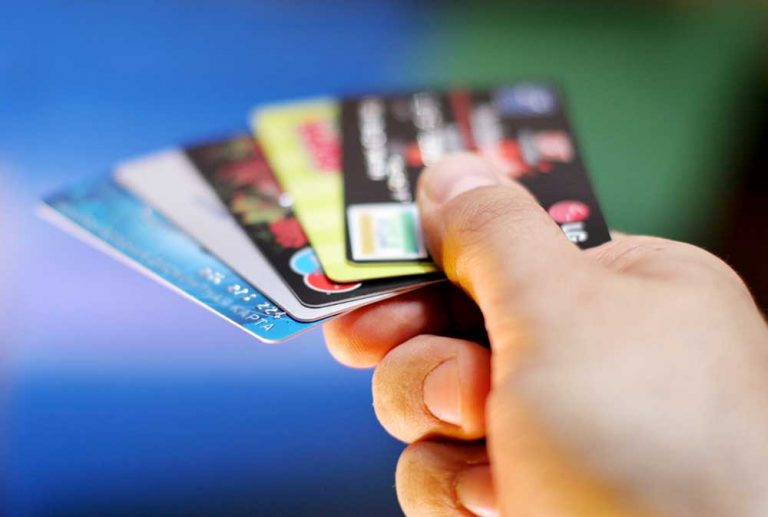Credit card companies are always eager to encourage students to use credit cards. There is no harm in allowing students to use credit cards, if used properly. This article covers the following topics regarding student credit cards
- What are the points to be considered before going in for student credit cards?
- What has to be done to find out best student credit cards?
- What are the tips for using student credit cards effectively?
Student credit cards are especially designed for use by college and university students. Credit card companies hope to encourage college and university students to set up credit card accounts and so they create special credit cards for students in order to encourage this new group of customers.
Also, since students tend to be younger customers, they tend to have very short credit histories. This means that they often do not qualify for traditional credit. Credit cards for students help to bridge this gap and through their simpler applications allow students to enjoy credit cards.
How To Find The Best Student Credit Cards
Most students can easily find credit card offers. This is because credit card companies actively advertise on campuses. However, to get the best cards, students should not necessarily just sign up with the first offer made. Instead, they may wish to speak to several banks and financial institutions about the credit cards offered to students.
They may also wish to consider becoming an authorized user on their parents’ credit cards. If parents have good credit ratings, students can enjoy very low rates while building up their credit rating. However, students should be aware that often the best rates and limits are those which appear on the special offers which are mailed to them.
The Best Ways To Apply For Student Credit Cards
If you are a student, you should compare several credit card offers and find a credit card that offers you:
- Low limits
Since students often live on very limited budgets, high limits are not realistic. They can tempt students into overspending and they can also make debt too large to repay. - Low Rates
Many student cards offer introductory rates of 0%. After an initial period of 6 months or so, students need to start paying regular credit card interest rates, which can be quite high. It is important to check the fine print to make sure you understand what you will be paying after the introductory period. - Reward programs
Many student cards offer reward programs that allow students to accumulate points that can be exchanged for movie passes and other bonuses. To make your card as budget-friendly as possible, find the card that offers you as many rewards as possible. - Online accounts
Most students do their banking online. By selecting a card that lets you manage your account online, you increase the chances that your card will be paid on time. - Good security policies
Since students are only getting used to using credit cards, a card with a comprehensive security policy that keeps students safe is essential. Before signing for any card, make sure that you understand what happens in case you are the victim of fraud or the victim of theft. - No fees
Many credit cards offered to students are fee free student credit cards. This makes sense, since so many students are on limited budgets.
How To Use Student Credit Cards Responsibly
Using your student credit card can help you build up a good credit rating, which makes you eligible for great rates on car leases, mortgages, and loans when you graduate.
Unfortunately, each year many students end up using their cards incorrectly. This creates unmanageable debt loads and can even lead to bankruptcy. To prevent this from happening to you, be sure to:
- Visit your student financial aid office. Almost every college and university has an office where students can turn for financial help. This office contains everything from books and pamphlets that can demystify credit cards to financial officers who answer your money questions. At the beginning of each school year, many financial aid offices also hold workshops that can help students manage their money. If your school offers such workshops, be sure to attend them. They can help ensure that you spend wisely.
- Ask your credit card company for more information. Most credit card companies offer lots of information – including pamphlets and online information. For students, most card companies offer special instructions and tips designed for new card users. If all else fails, you card company has special representatives who are only a toll-free number away. If you have any questions about your card, these representatives can help.
- Only use one or (at most) two cards. Some students apply for too many cards. Not only does this lower your credit score, but it can also lead to overspending and out-of-control debt. If you need a loan, get a student loan or other type of credit rather than multiple cards.
- Never use one card to pay another. This only increases the amount of interest you have to pay and increases the amount of money and debt you have to pay back.
- Never use credit cards as free cash. Credit cards are a responsibility, not free money. Each time you make a purchase with your credit card, remember that the money needs to be paid back – within a month.
- Do everything you can to pay off your credit card each month. Each time that you carry a balance, you end up paying more money than your purchase was worth.
- Only use your credit card for emergencies or for larger purchases. If you use your credit card to pay for food and small items you do not need, you will fritter away your money and will not have your credit card to use in the event you really need it. If you do have to carry a balance, the tiny purchases will also end up costing a lot, so only charge when you need to.
If you are a student with a new credit card, congratulations – you are on your way to new levels of financial responsibility. If you are just thinking about getting your own credit card, the tips here will help you make the right decision for you.




